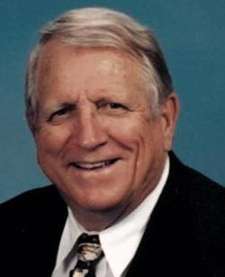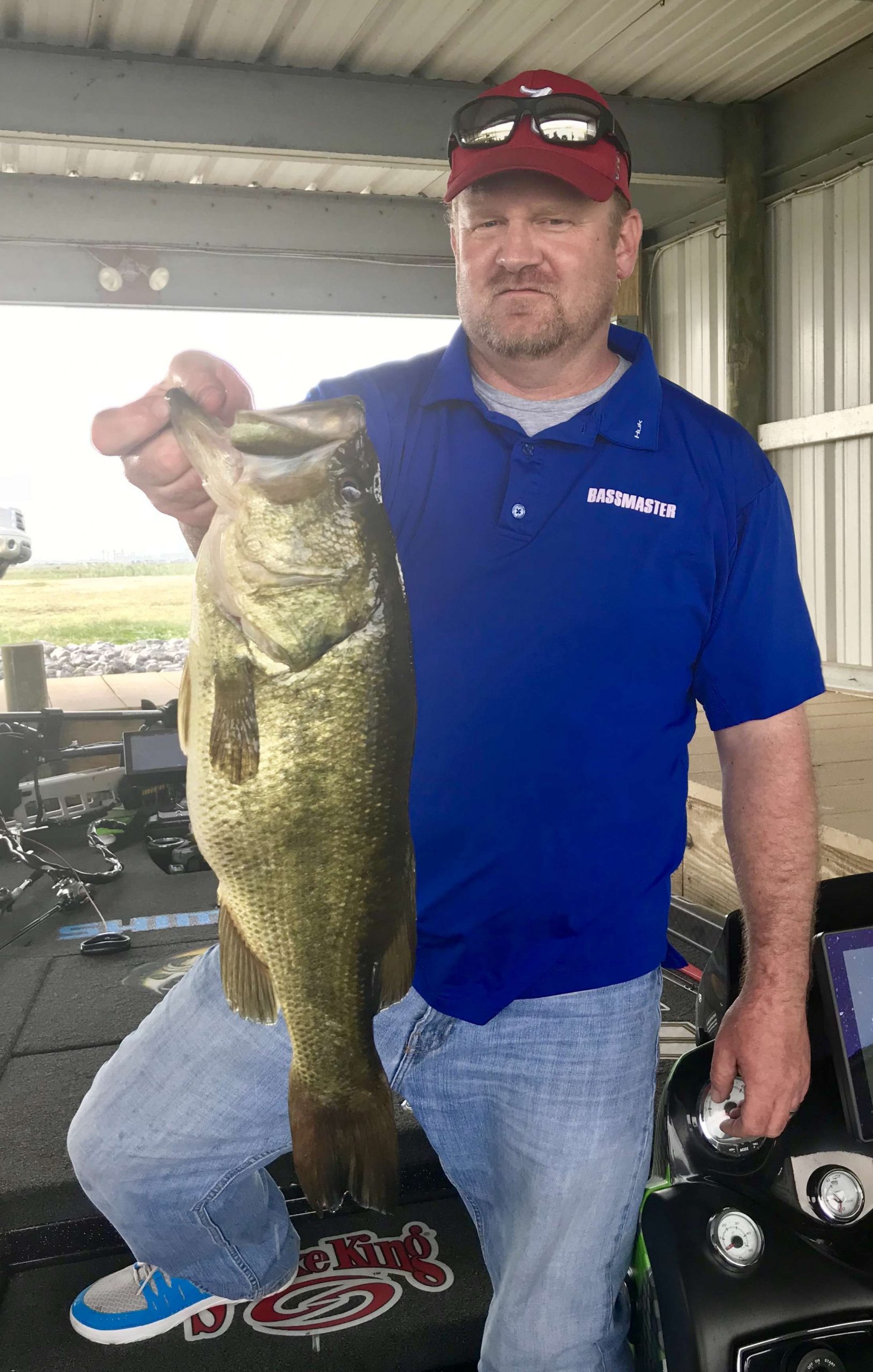
His legal name was Carl Richey Cordell Jr.
But to the millions of fishermen who still have his lures in their tackleboxes and scattered on the front decks of their boats, he was known simply as “Cotton.”
Cotton Cordell, the legendary lure designer and manufacturer responsible for such classic baits as the Red Fin, the Gay Blade, the Hot Spot and the Big O, died Tuesday in his hometown of Hot Springs, Ark. He was 86.
Jerry McKinnis, one of three B.A.S.S. owners and longtime host of the Fishing Hole, said the fishing world has lost of one its true greats.
“He was possibly one of the biggest lure designers there ever was,” McKinnis said. “He was responsible for so many great lures, and he was just an all-around good guy – so supportive of the sport. I think a lot of us may have taken for granted through the years just how important he’s been to fishing.”
Nicknamed “Cotton” because of his white-blonde hair, Cordell worked as a fishing guide and commercial fisherman in central Arkansas during the late 1940s before entering the lure-making business.
His friends say he shared a boat with some infamous anglers.
“Back then, Hot Springs was a neutral site for gangsters,” said Bobby Dennis, a current product development and marketing specialist with Luck-E-Strike who worked for Cordell from 1972-80. “When they came to Hot Springs, they didn’t shoot each other. Cotton took a lot of them fishing. He took Frank Costello fishing. He took Owney Madden fishing. He charged them $5 a day, and the deal was if they didn’t catch anything, they didn’t have to pay.”
Cordell moved into the lure-designing business during the early 1950s, and one of the first lures he created was a simple lead-head jig. He poured the heads himself in his living room, and fishing lore says he used hair from his pet English setter to make the jig bodies.
He established his first fishing tackle manufacturing company, Cotton Cordell Inc., in 1952. The company manufactured lures for fishing tackle giants like Pflueger, Creek Chub and Heddon.
Cordell began branding his own lures in 1954, and many of those lures are still popular today.
“I guess the one that I always think of first is the Spot,” McKinnis said. “It was a lipless crankbait back before there was any such thing as a lipless crankbait. There have been a lot of fish caught on that lure.”
In 1973, Cordell partnered with Tennessee lure designer Fred Young to produce the famous “Big O” crankbait that took the fishing world by storm. He also helped sponsor the first fishing show for television superstar Bill Dance and aided famous rod designer Gary Loomis in the launch of G.Loomis Rods during the 1980s.
“He was an important person to a lot of us,” McKinnis said. “I used to go down and do fishing shows with him on Ouachita and Hamilton, and we always had a great time. He was just such a great guy, and it was a lot of fun to be out with him.”
Cordell was inducted into the National Freshwater Fishing Hall of Fame in 1988, the Arkansas Outdoor Hall of Fame in 1997 and the Bass Fishing Hall of Fame in 2002.
Even in his older days, he never lost the fire for creating lures that fish would bite.
“I would almost bet that up until yesterday, he had a piece of wood in one hand and a pocket knife in the other,” Dennis said. “He was always whittling on something, working on that next idea. He was one of the last true hands-on guys who understood the lure-making process from start to finish.”
The thing Dennis would most like people to know about Cordell is that he was an actual person – not just a brand name.
“I think there are a lot of people out there who probably think that’s just the name of a company or a line of lures,” Dennis said. “They think that about a lot of people who have made contributions to this industry. But Cotton Cordell was very much a real person – and one of the best I’ve ever known.”

